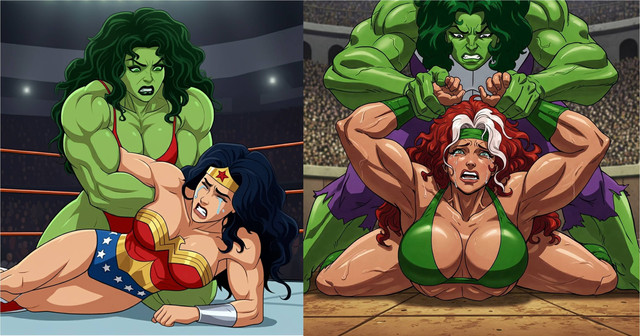HOME | DD
 Snowy-Aegis — Cosmite Drifters Salyut-pattern Destroyer
Snowy-Aegis — Cosmite Drifters Salyut-pattern Destroyer

Published: 2017-09-04 14:19:24 +0000 UTC; Views: 2016; Favourites: 42; Downloads: 0
Redirect to original
Description
One of the mainstays of the Cosmite Defence Fleet, and to many an icon of the CDF, the Salyut-pattern is one of their most numerous warships. Like most Cosmite warships, the Salyut-pattern prioritises mobility over armour and relies on lighter and active defences to keep it safe, and has an emphasis on fewer, heavier weapons. Individually the Salyut is reliable against smaller craft such as frigates, corvettes and other destroyers, and in number the Salyut can prove more than a mild threat against much heavier craft.OFFENSE
Hyperfrequency Laser: This high-powered spinal energy weapon is arguably the most devastating of the Salyut's arsenal. While Cosmite vessels are not spectacularly built for head-on combat, it can potentially do the most damage when doing so. The spinal laser can tear through smaller vessels in a single well-placed shot, and in fleet engagements Salyuts are often used to quickly thin out the ranks of smaller enemy warships. In number, Salyuts will coordinate and focus fire on larger targets, capable of dealing grievous harm.
Trans-gamma Lasers: These broadside combat weapons are the most commonly used of the Salyut's arsenal. Multiple rings of three run their section, facing outwards. At full power, these lasers can deal significant damage to smaller warships and can be used to help tackle heavy-duty guided munitions. At lower power, their higher allowed rate of fire allows them to serve as heavy duty defensive weapons, shooting down fighters and missiles, as well as targeting the weapons on opposing warships. Often, this is done in a 50/50 ratio; half will be at full power, the other at lower settings.
Torpedo Tubes: The design of the Salyut's missile tube section seems in stark contrast to the Cosmite doctine of power over number; it possesses dozens of tubes. However, they never fire many at once unless the situation calls for it. Like their weapons, Cosmite torpedoes prioritise power over number, and are well-armoured, well-defended munitions, with their own shielding and PD systems. Cosmite torpedoes have a variety of variants, but the most common two are Electron Breaker torpedoes, which deal little to armour but excel at dealing severe damage to shields and frying external systems, such as sensors, on enemy vessels; and a more conventional thermonuclear warhead torpedo.
DEFENCE
Point Defence Lasers: These high-focus laser weapons ring the forward shield on the Salyut-class, their position giving them a wide range around and ahead of the vessel. These weapons focus on the important part of a target, such as the warhead or engine on a missile, and the cockpit or engine of a snubcraft. Against heavier targets they will focus their fire, or the Trans-gamma lasers will target them instead, or perhaps both.
Scalar Barrier: A number of emitters around the Salyut generate a 'box' around the ship. When a missile, kinetic round or snubcraft approaches the barrier the opposite wave is fired to intercept, destroying the enemy munition or craft. These emitters can technically be used offensively, but at the cost of defence, and as such this is only rarely enacted. The barrier does little to many energy weapons, though plasma projectiles can also be intercepted.
Disruptor Shield: This secondary shield is more intended to stop energy weapons than kinetic ones; the reverse of the Scalar Barrier. Using pulsed energy waves to scatter a variety of electromagnetic waves and other such phenomena, the Disruptor Shield works by redirecting attacks or forcing rapid loss of focus, making them weak or harmless. The Disruptor Shield has an effect on kinetic weapons, often causing missiles and snubcraft to suffer damage to their internals or lose control.
Defensive Layering: Light armour covering sections of the vessel, more intended to stop shrapnel, blasts and energy weapons than direct kinetic fire. This comes in two variants. The hard plating is softer than most armours, minimising spalling and internal shrapnel spread. While a more effective armour than Cosmite soft armour in the short term, hard plating is quicker to become ineffective or compromised, with shorter times between replacement or repair. Soft armour is many layers of padding and such, better suited to stop shrapnel and absorb the force of blasts. While less effective than hard plating, Cosmite soft armour will last longer, often going an engagement or two before needing partial or complete replacement.






















